Architecture is a captivating subject for photography. From towering skyscrapers to intricate historical landmarks, buildings tell stories and evoke emotions. But translating that grandeur into a two-dimensional image requires an understanding of composition, lighting, and technique. Here are some tips and tricks to elevate your architectural photography game:
1. Mind Your Composition: Lead the Eye
- Leading Lines: Our eyes naturally follow lines in a photograph. Use architectural elements like staircases, railings, or window lines to lead the viewer’s gaze into the frame
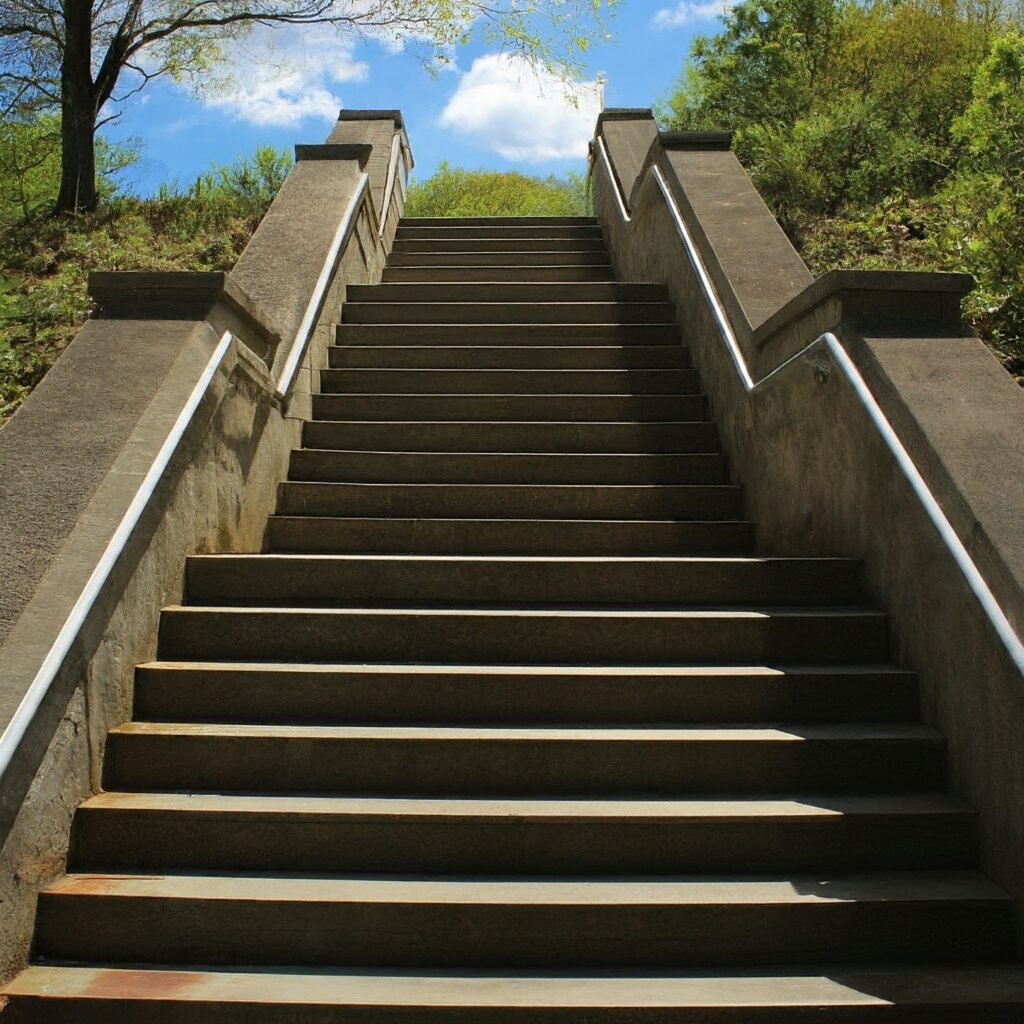
- Rule of Thirds: Divide your frame into a 3×3 grid. Position key elements of the building along the intersecting points or lines for a balanced and visually pleasing composition.

- Negative Space: Don’t be afraid to include empty space in your frame. This can emphasize the scale and majesty of a building, particularly when capturing towering structures.

2. Embrace the Light: Natural vs. Artificial
- Golden Hour Magic: The golden hour, just after sunrise or before sunset, bathes buildings in a warm, soft light that brings out texture and detail.
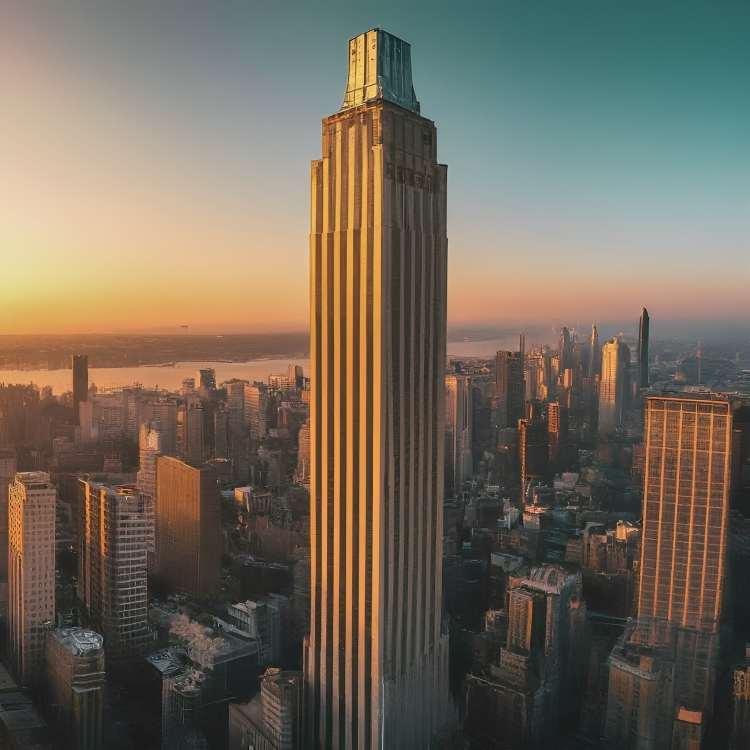
- Play with Shadows: Shadows can add depth and drama to your photos. Look for opportunities to use contrasting light and shadow to highlight architectural features.
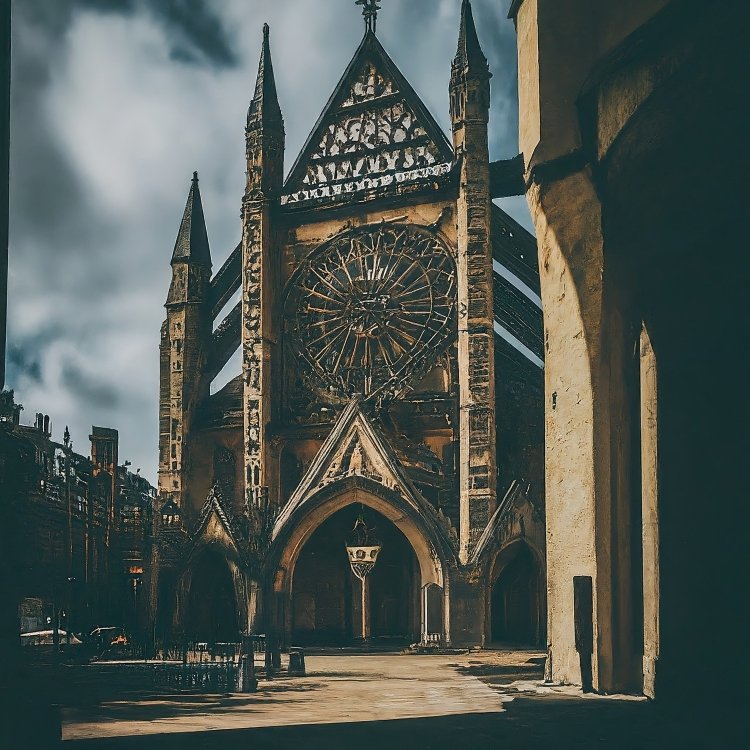
- Night Lights: Cities come alive at night. Experiment with long exposures and artificial light sources to capture the unique atmosphere of urban architecture.

3. Capture the Details: A Closer Look
- Go Macro: Don’t just focus on the entire building. Zoom in on interesting details like textured facades, gargoyles, or decorative elements to reveal the craftsmanship and history within the architecture.
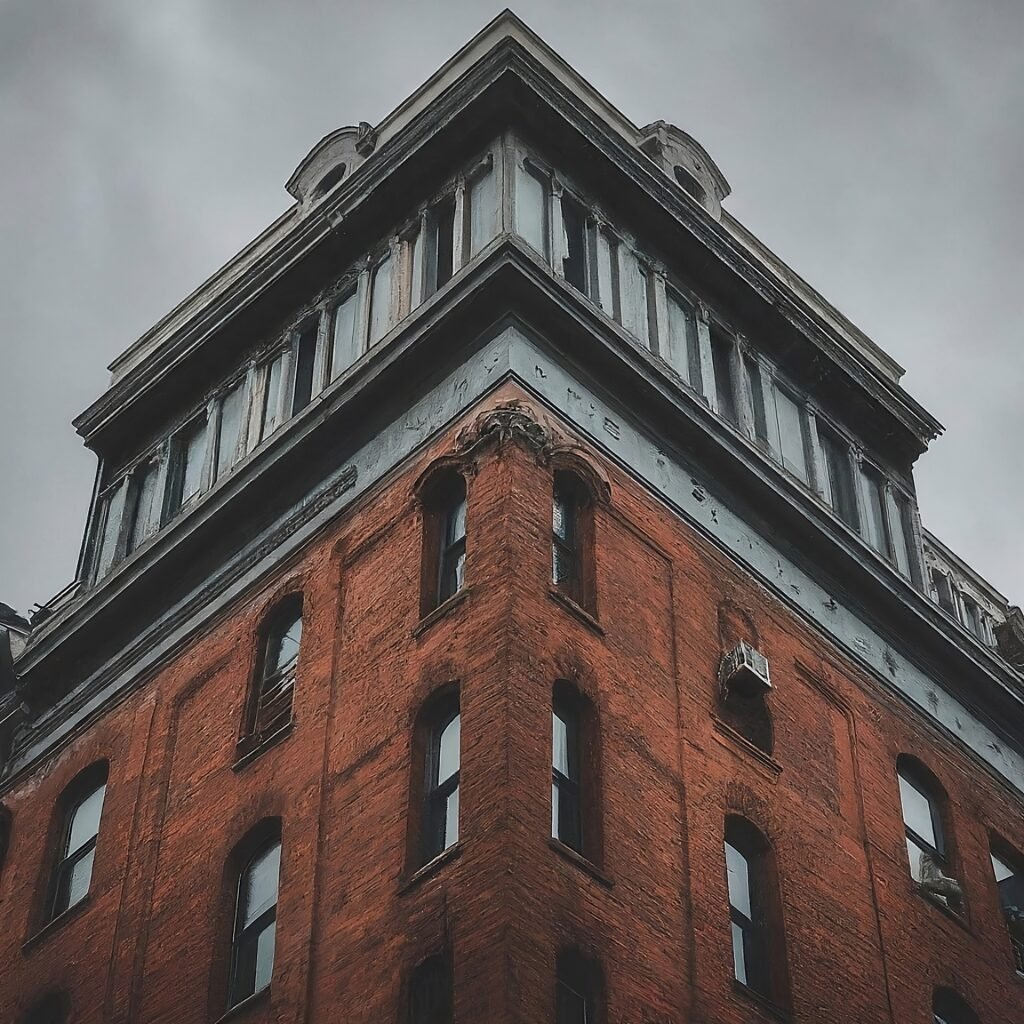
- Patterns and Symmetry: Look for geometric patterns, repeating arches, or symmetrical structures. These elements can create visually striking compositions.
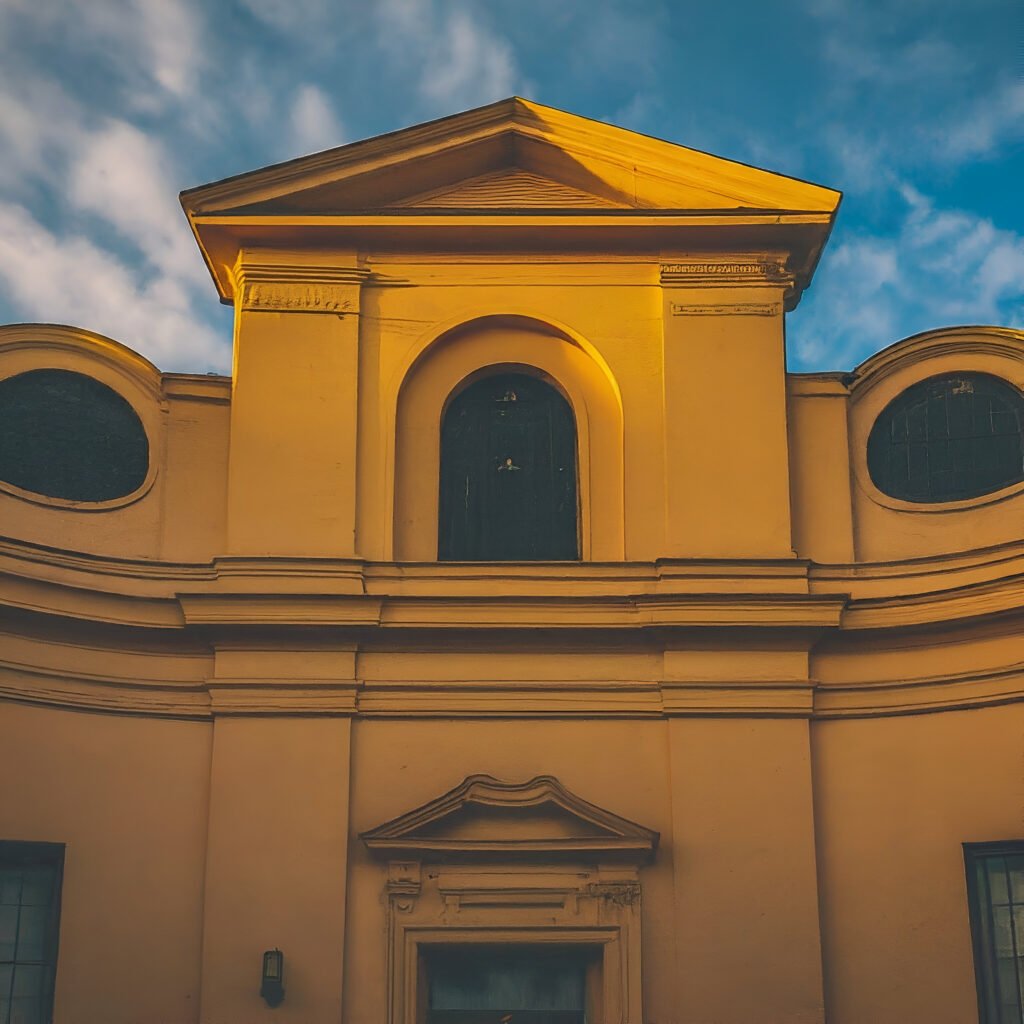
- Foreground Frame: Incorporate interesting foreground elements like benches, sculptures, or people to add depth and context to your architectural shots.
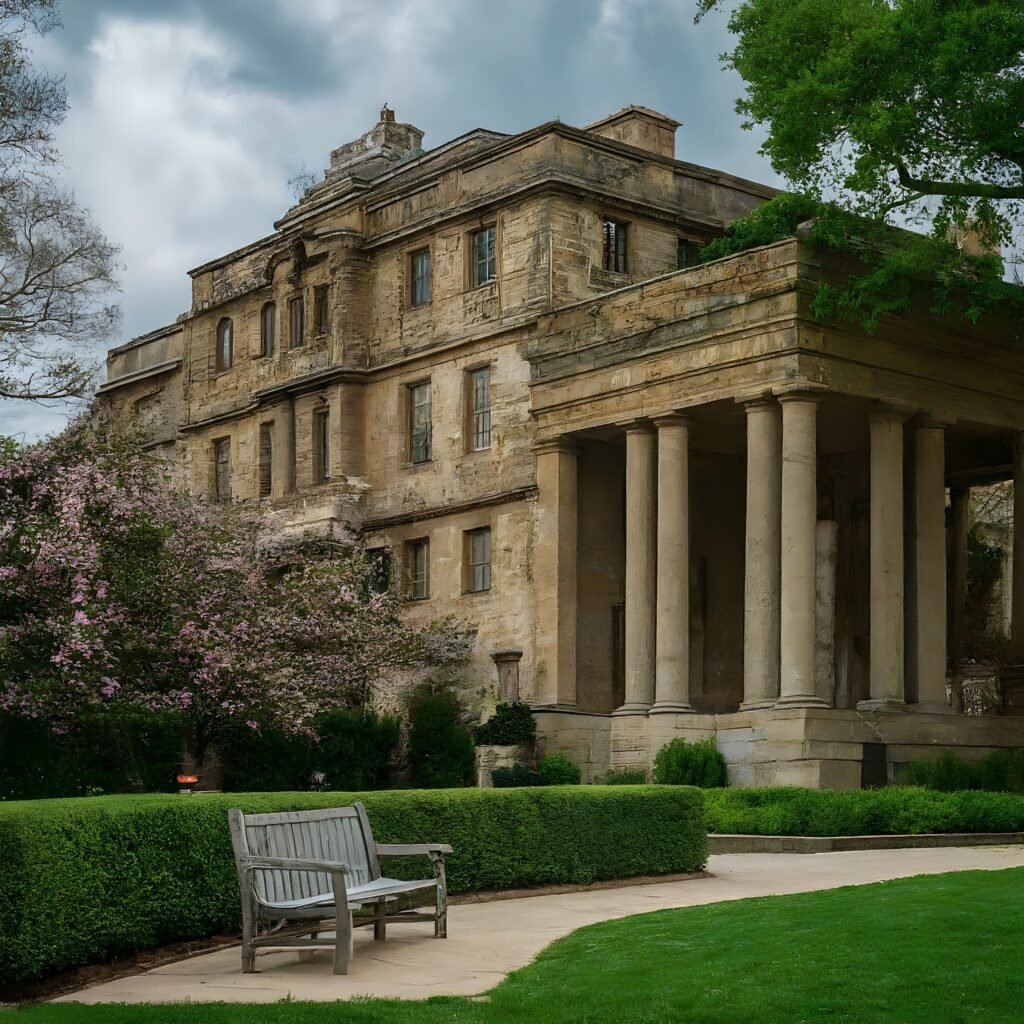
Bonus Tip: Use a Tripod for Sharpness
A sturdy tripod is essential for architectural photography. It allows you to use slower shutter speeds, especially in low-light situations, to capture sharp images without camera shake.
By incorporating these tips and techniques, you can transform your architectural photography from snapshots to stunning works of art. So grab your camera, head out to explore the built environment, and start capturing the beauty of architecture!




